
In a world where algorithms know our habits and ads follow us across screens, the most powerful way to connect isn’t virtual at all—it’s physical. The hum of conversation, the scent of wood polish or roasted beans, the texture of a hand-painted wall—these sensory cues root a brand in memory.
Despite a decade of “retail apocalypse” headlines, the numbers tell a quieter truth. The U.S. Census Bureau consistently reports that in-store retail accounts for over 80% of total sales—and Forrester projects that roughly three-quarters of all retail purchases will continue to happen in person through the coming years (U.S. Census; Forrester).
Physical spaces still matter—deeply. What’s changing isn’t the need for stores, but what we expect from them.
Research in the Journal of Retailing indicates that
The U.S. Census Bureau reported that
proving that the physical marketplace is far from obsolete—it’s simply evolving.

Today’s customers don’t simply enter a store to buy; they enter to feel. Discover why atmosphere, artistry, and emotion now define brick-and-mortar success.
The traditional retail model focused on shelves, stock, and sales. Today’s most successful retailers focus on sensation, storytelling, and symbolism. The shift from transactional to transformational engagement marks the essence of experiential marketing—a strategy that turns commerce into connection.
In marketing circles, the shift has a name: experiential retail. But in practice, it looks like story.
It’s Glossier transforming a simple storefront into a soft pink daydream — where mirrors, art, and light invite selfies and storytelling. It’s Nike creating a basketball court inside its flagship, or a boutique coffee roaster turning every bag label into part of its gallery wall.
The data supports the trend. EventMarketer’s EventTrack report — considered the gold standard for experiential marketing research — found that experiential campaigns significantly improve brand sentiment and purchase intent (EventTrack Report). When consumers engage a brand through a live or in-store experience, they are demonstrably more likely to buy and to recommend it.
The psychology behind this is simple: people trust what they can feel. And in a marketplace where digital fatigue runs high, tactility has become a kind of truth.
EventTrack’s 2023 Consumer Experience Report determined that
They also determined that of those consumers
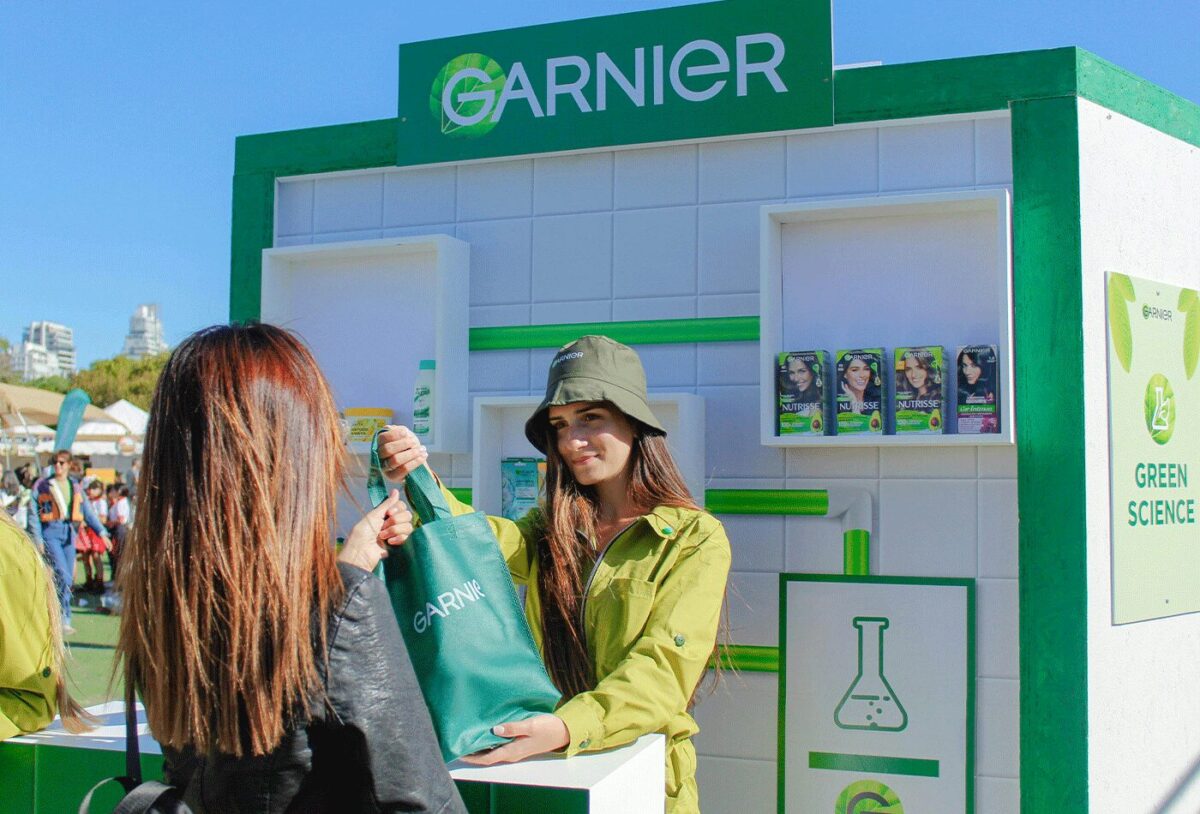
Experience is not decoration—it’s strategy. When a store becomes a story, when its design becomes an emotion, customers don’t just visit—they return, photograph, post, and remember.
Sight, sound, scent, touch, taste—each sense has a role in creating a moment that lingers. Multi-sensory retail design is quickly becoming a cornerstone of in-store success.
Walk into a well-designed shop, and you feel it — the hum of intention. Lighting tuned to warmth, music pulsing at the right rhythm, texture and scent layered like composition. These details don’t just decorate a space; they engineer emotion.
According to a global study by Mood Media, 78% of shoppers say an enjoyable in-store atmosphere — one shaped by music, visuals, and scent — influences their choice to shop in person rather than online (Mood Media Global Study). Nearly nine in ten shoppers said these sensory elements make them more likely to revisit (Mood Media Newsroom).
These aren’t abstract preferences; they’re patterns of behavior. Music and scent extend dwell time. Lighting and visual rhythm guide attention. Texture and spatial storytelling evoke emotion. Together, these sensory details create belonging—the psychological difference between a transaction and an experience.
Mood Media’s global findings show that visual content increases shopper enjoyment by 90%, and scent by 85%, while music influences perception for 70% of customers (Retail Technology Review summary of Mood Media Research). These are not subtle effects; they are neurological anchors that help customers remember, prefer, and return.
Experience, then, has become a measurable asset — one that affects return visits, basket size, and long-term brand loyalty.
When retailers align sensory design with brand storytelling, they build a cohesive identity that customers don’t just recognize—they internalize.
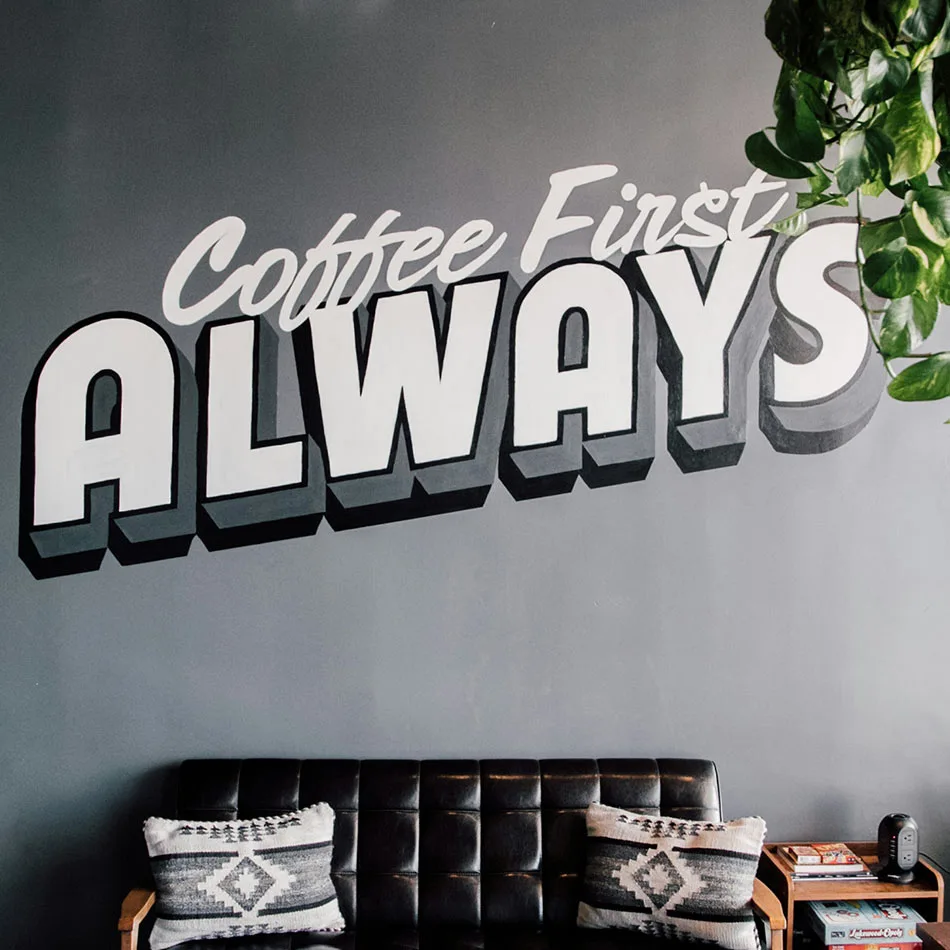
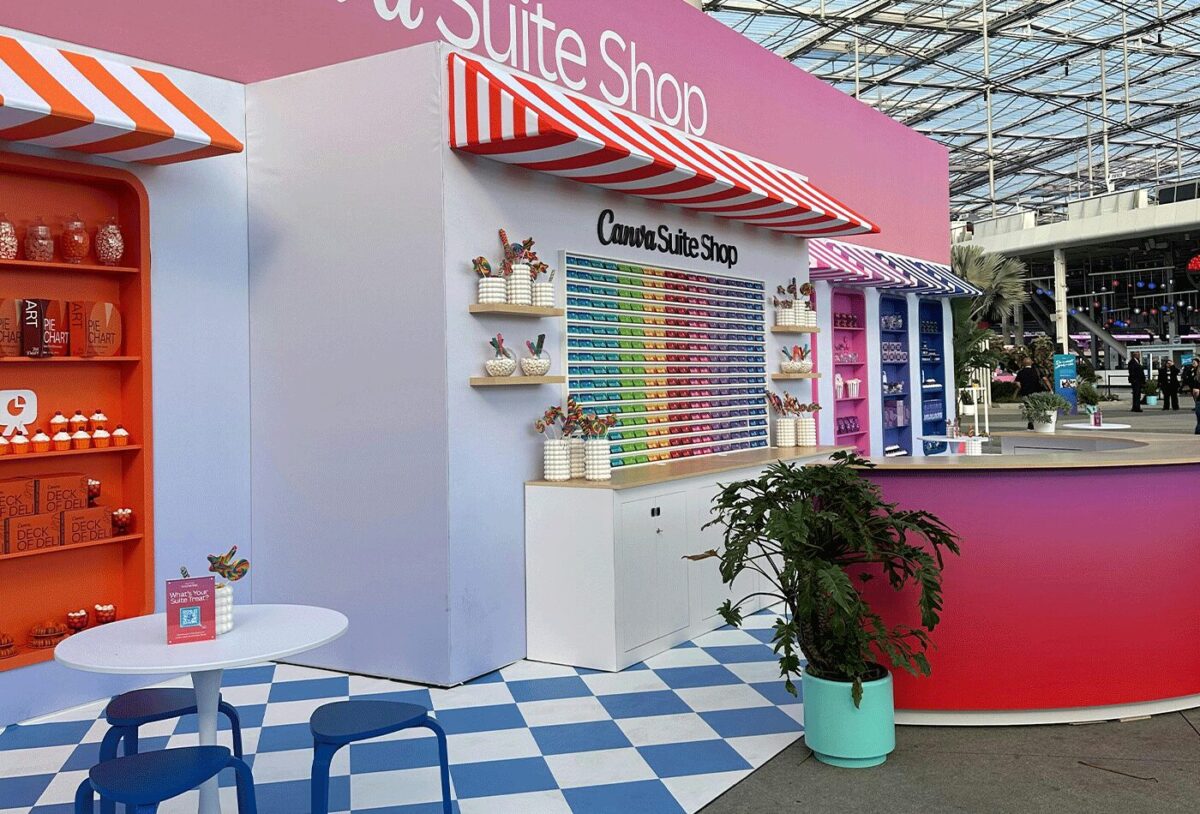
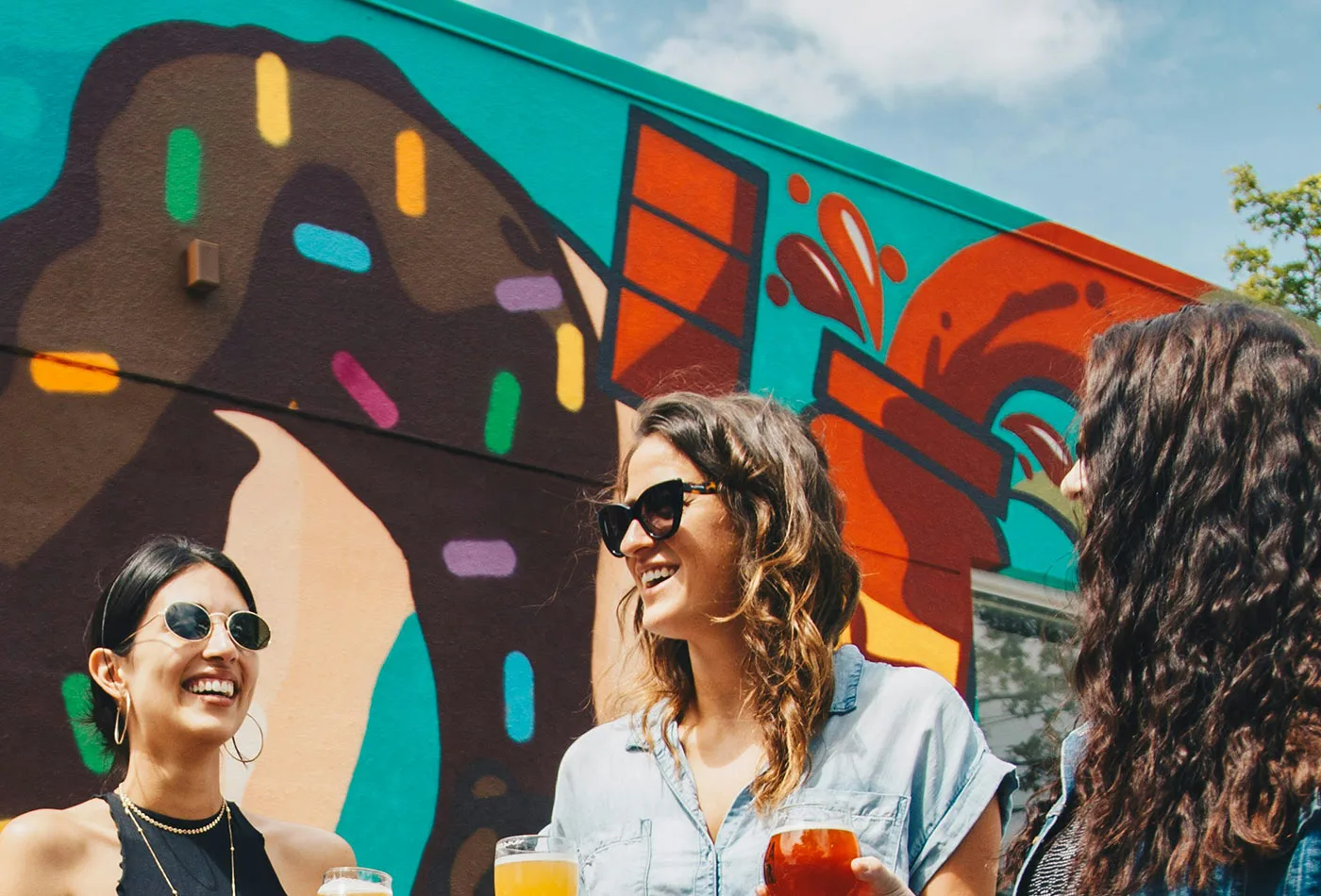

For local retailers, immersive design isn’t only about aesthetics — it’s community architecture. Brick-and-mortar stores are no longer just points of sale—they’re cultural landmarks for communities. When executed well, experiential design doesn’t only drive foot traffic—it builds loyalty and local identity.
A 2025 study from the University of Cincinnati found that areas featuring murals saw up to 30% higher weekend pedestrian traffic than comparable blocks without public art (Jeong et al., Urban Studies, 2025). Public art, the researchers note, strengthens place identity — the emotional tie people form with spaces they frequent.
For small businesses, this translates to more than beautification. A mural can turn a block into a landmark. A painted window can transform a store into a shareable destination. These aren’t vanity projects; they’re visual investments with measurable community return.
In other words, art is more than aesthetic—it’s economic.
A mural isn’t just paint—it’s a memory device. A hand-lettered window isn’t just decoration—it’s a visual handshake between your brand and every passerby.
A branded in-store activation isn’t jargon for an event; it’s any live, interactive moment that transforms shopping into experience.
Think: a tasting, a demo, a window-painting day that invites community participation. It’s tangible storytelling — often temporary, always memorable.
According to the EventTrack data, these activations consistently outperform static campaigns in driving brand favorability (EventTrack Report). The reason? Participation deepens memory. People remember what they help create.
In a world where every shopper carries a camera, a brick-and-mortar store becomes more than a sales floor — it becomes a stage. Every surface, every mural, every reflection in the window has the potential to tell a story. When a space is visually compelling, customers don’t just visit it; they document it, amplify it, and share it with the world.
According to Sprout Social’s 2023 Index, more than half of consumers follow creators and brands whose values align with their own, and nearly half say authenticity is what keeps them engaged with branded content (Sprout Social, 2023). That means design — the way your store looks, feels, and moves — becomes a form of communication, one that signals what your brand stands for long before a word is spoken.
For independent retailers, the lesson is clear. When people step inside your shop, they’re entering a story. A hand-painted window, an evolving mural, or a thoughtfully merchandised display doesn’t just catch the eye — it invites participation. Each photograph taken and shared becomes a ripple effect of visibility. In this way, your storefront becomes your strongest form of organic marketing — art that pays dividends.
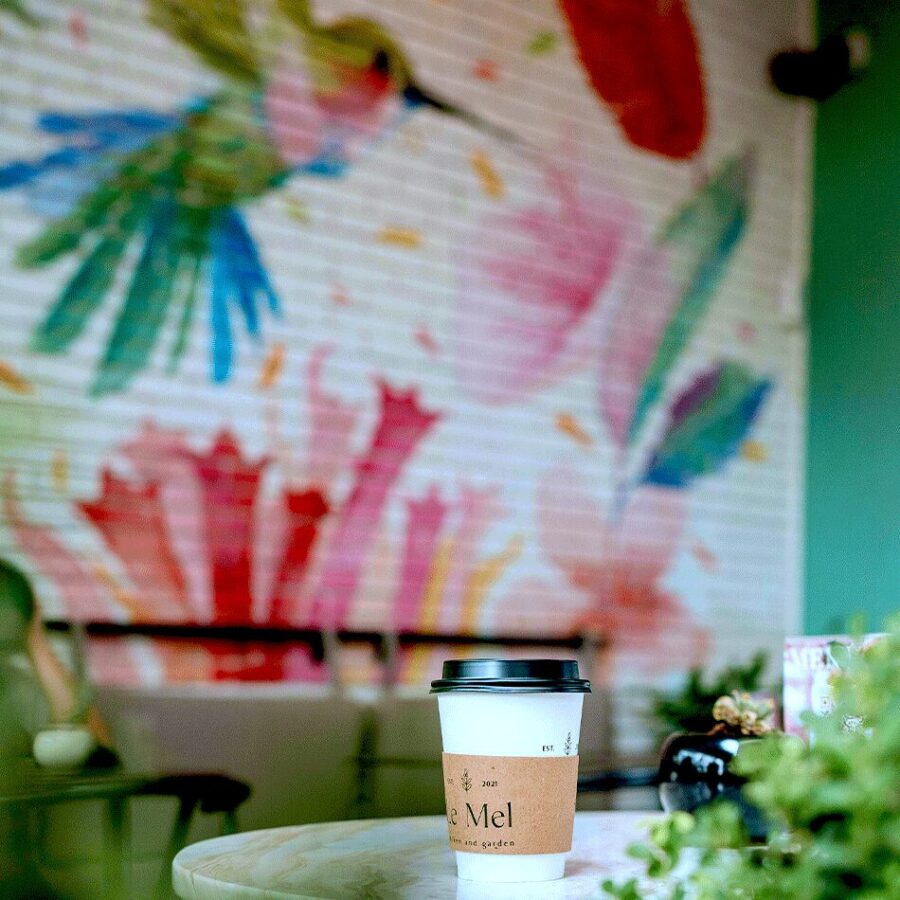
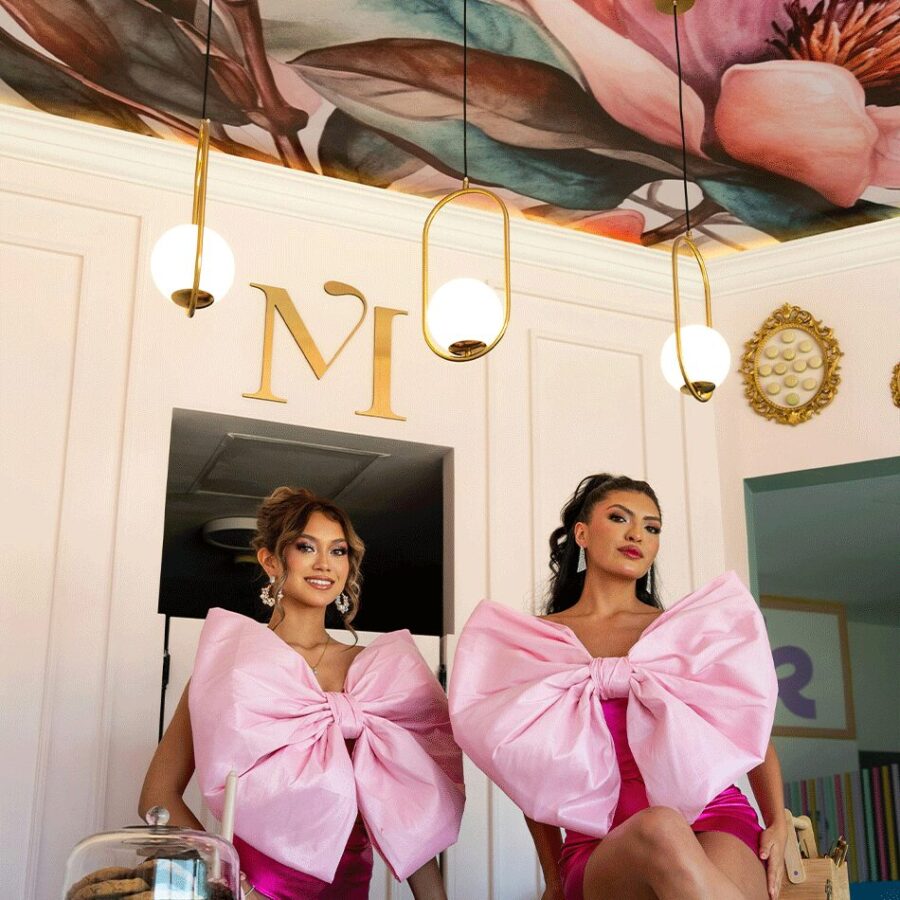
Metrics can measure impressions and foot traffic, but emotion is what drives return visits. The retail environments that inspire, soothe, or energize us do something far deeper than attract—they connect.
Harvard Business Review once described this phenomenon as the “new science of customer emotions,” highlighting that brands capable of building meaningful emotional bonds consistently outperform competitors in growth and loyalty. Motista’s longitudinal data reinforces that insight: emotionally connected customers are not just satisfied; they are three times more likely to recommend, and they spend significantly more over time (Motista, 2023).
Meanwhile, emotional connection isn’t just an abstract advantage. Research by Motista found that customers who feel emotionally connected to a brand have a 306% higher lifetime value, spend twice as much, and are more likely to advocate for that brand to others (Motista, 2023). Qualtrics’ 2023 customer experience report echoes this finding: emotion, not convenience or price, is the most reliable predictor of long-term loyalty (Qualtrics, 2023).
When shoppers feel seen — when a space feels intentional, artful, and human — they return, not for convenience but for connection. A mural that celebrates community, a seasonal window that sparks nostalgia, or a tactile display that invites touch transforms a transaction into an experience.
These spaces blur the line between art and commerce. When walls become canvases and windows become invitations, the store itself becomes a living conversation — one that customers can step into, photograph, and carry with them. In the end, emotion becomes your most enduring form of return on investment.
Window displays are retail storytelling at street level — the first scene in the customer journey.
Research supports their power. A 2021 EAI conference paper on theme-based window displays documented measurable increases in store entries for apparel retailers who refreshed their windows with creative, narrative-driven designs (EAI 2021). Similar reviews published on ResearchGate confirm that visual merchandising can significantly influence impulse visits and perception of brand quality (Visual Merchandising Study, ResearchGate).
What works best? Depth, movement, and emotion. Instead of static product grids, displays that tell a micro-story — one that shifts with season, community event, or shared mood — encourage repeat visitation.
When window art becomes participatory — a painted motif that changes, a local artist collaboration, an evolving theme — it transforms the storefront into an ongoing conversation.

The future of retail belongs to those who make their spaces memorable — not just shoppable.
Learn how to build and define personas that work, how to balance your ideal customer with other segments, and how to use them to shape content pillars that make sense.
Click Here
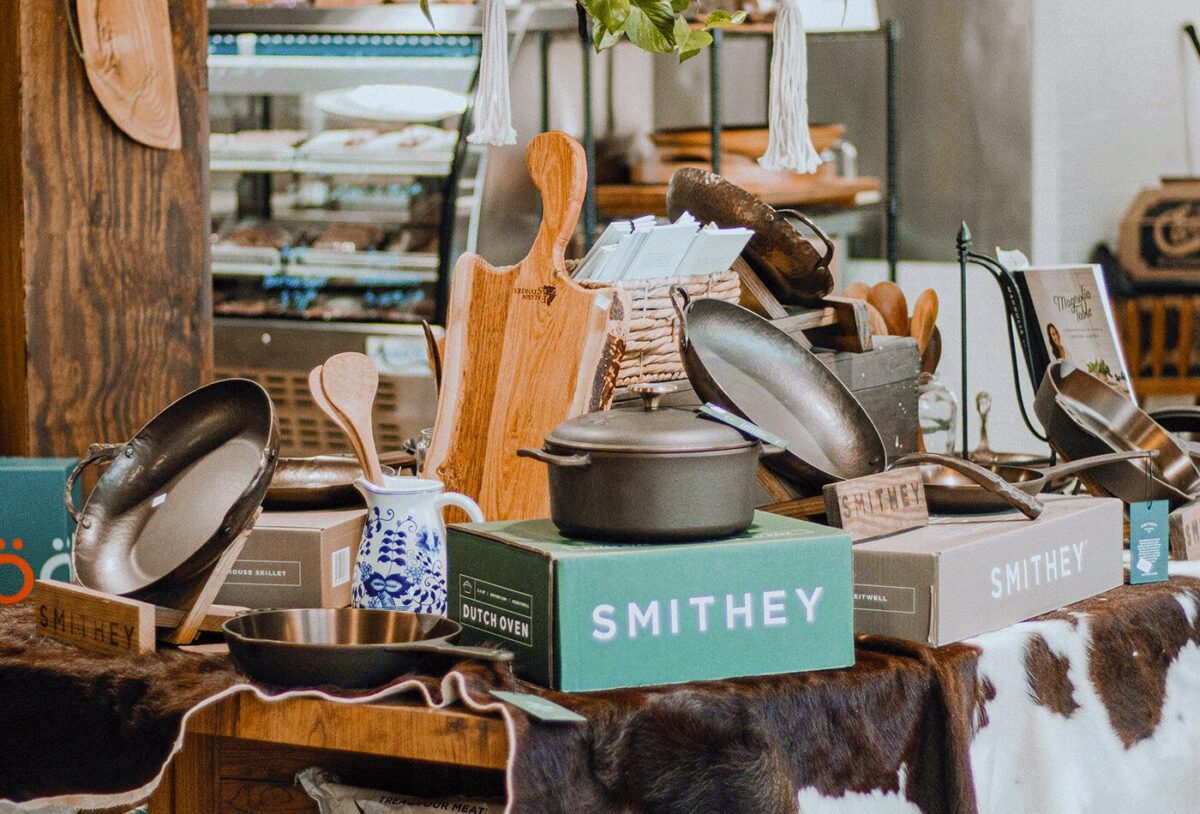
For small retailers, experiential design starts at the storefront. Murals, window art, and thematic merchandising create both visibility and identity. They signal not just that a business exists—but that it belongs to its place. They transform the threshold from a simple entrance into an act of storytelling, where curiosity becomes the first step toward connection.
The window becomes the first story your space tells. The mural becomes the emotion people remember. The in-store design becomes the continuity between discovery and loyalty. When done right, these visual experiences don’t just draw attention—they draw people in. They slow the pace of passersby, invite a photograph, or inspire a return visit. In that moment, the designs become a handshake, an introduction, a promise of what’s to come.
Experience is not an accessory to retail—it’s the architecture of relevance. In a world competing for attention, it’s the tactile, the visual, the human that wins hearts. Design gives shape to emotion; art gives it memory. Together, they create belonging—something no algorithm can replicate.
As the data shows, immersive, sensory, and artistic experiences increase engagement, dwell time, and brand recall. Beyond numbers lies something simpler: people want to feel inspired. They want to step into a space that tells them, you’re part of this story. That’s what murals do. That’s what design does. That’s what experiential marketing, at its core, delivers—a moment that moves people.
As retail continues to evolve, the intersection of art, experience, and commerce is where independent brands can truly stand out. Technology may assist, but human design differentiates. Successful spaces blur the boundaries between art, experience, and commerce, creating something human in an increasingly digital world. Technology may enhance a visit, but it’s the touch of thoughtful, physical design that lingers.
The next evolution of brick-and-mortar retail will be led by immersion. Collaborations between brands and local artists will redefine authenticity, infusing every space with a sense of place and community. And the concept of loyalty will shift from discounts to moments — those micro-experiences that make people feel part of something real.
Experiential marketing doesn’t have to mean massive budgets or futuristic tech. It can begin with something as approachable as a mural that sets a mood, a window painting that changes with the seasons, or a display that sparks curiosity. These details invite people to pause, to photograph, to share—transforming your storefront into both an experience and an expression of brand identity—welcoming people into a world that feels distinct and alive.
So how can a brick-and-mortar business apply this insight?
Curate the senses, not just the shelves.
Choose lighting that flatters, music that aligns with your brand’s tempo, and textures that invite touch. Use scent sparingly but consistently — it’s among the most powerful memory triggers.
Make your storefront a living gallery.
Rotate displays seasonally, partner with local artists, and consider hand-painted murals or windows. Visual refreshes create natural cycles of discovery and social sharing.
Tell one story, many ways.
Every element — from signage to shelf labels — can reinforce a core message. Cohesive storytelling builds cognitive ease and emotional attachment.
Track what changes.
Foot traffic before and after a new installation, engagement on social posts tied to in-store visuals, or dwell time data from sensors — these metrics translate art into ROI.
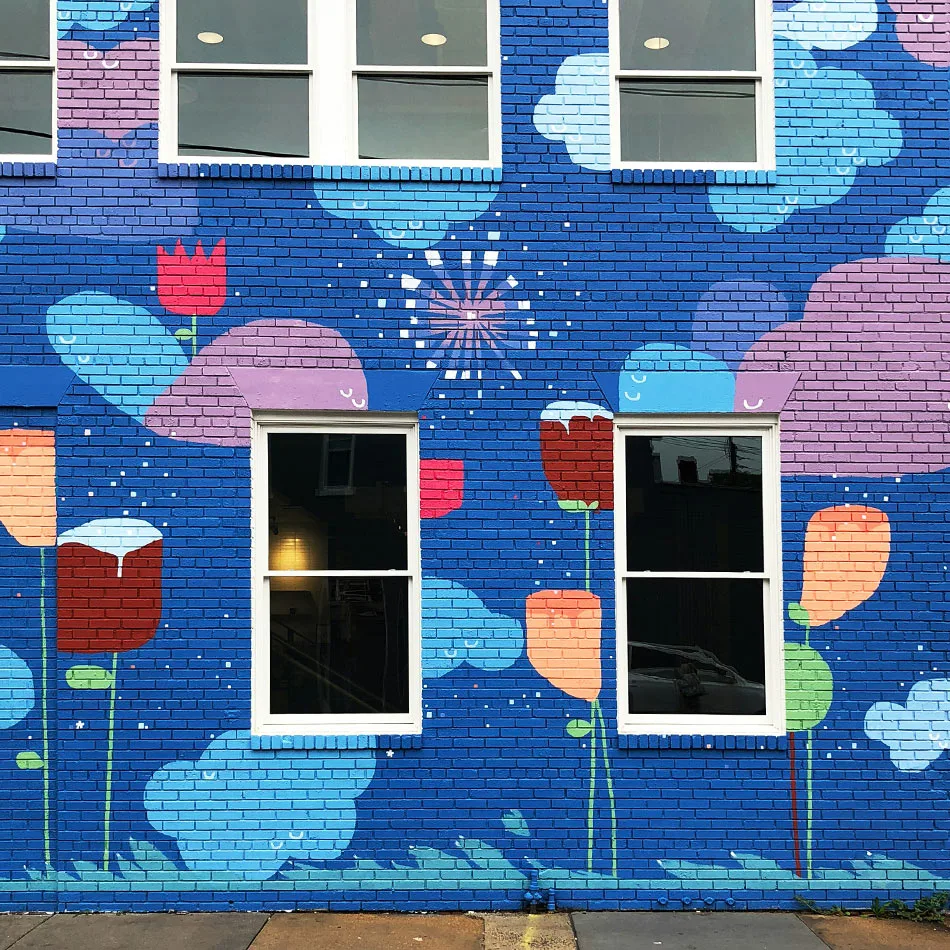
Every wall, window, and surface has potential energy—waiting to be transformed into a visual story. Experiential marketing doesn’t have to be abstract or inaccessible; it begins with the tangible textures of your space. A hand-painted mural that captures your brand’s essence. A set of seasonal windows that shift with emotion and light. Merchandising design that guides the eye, sets the mood, and turns casual browsers into loyal guests.
These aren’t just design choices—they’re brand experiences made visible.
When customers step into a thoughtfully designed space, they don’t just see your business—they feel it. They understand who you are before a word is spoken. They remember the atmosphere, the color, the sense of place that lingered long after they left. That’s the kind of connection algorithms can’t replicate.
If your storefront, walls, or windows could tell a story—what would it say?
I help brick-and-mortar retailers bring that story to life through murals, merchandising displays, and experiential design that blend aesthetic impact with strategic intent. Whether it’s a full interior concept, a seasonal window rotation, or a hand-painted piece that transforms your exterior, the goal is simple: to make your space unforgettable.
Let’s design something people can’t help but walk into—and talk about long after they leave.

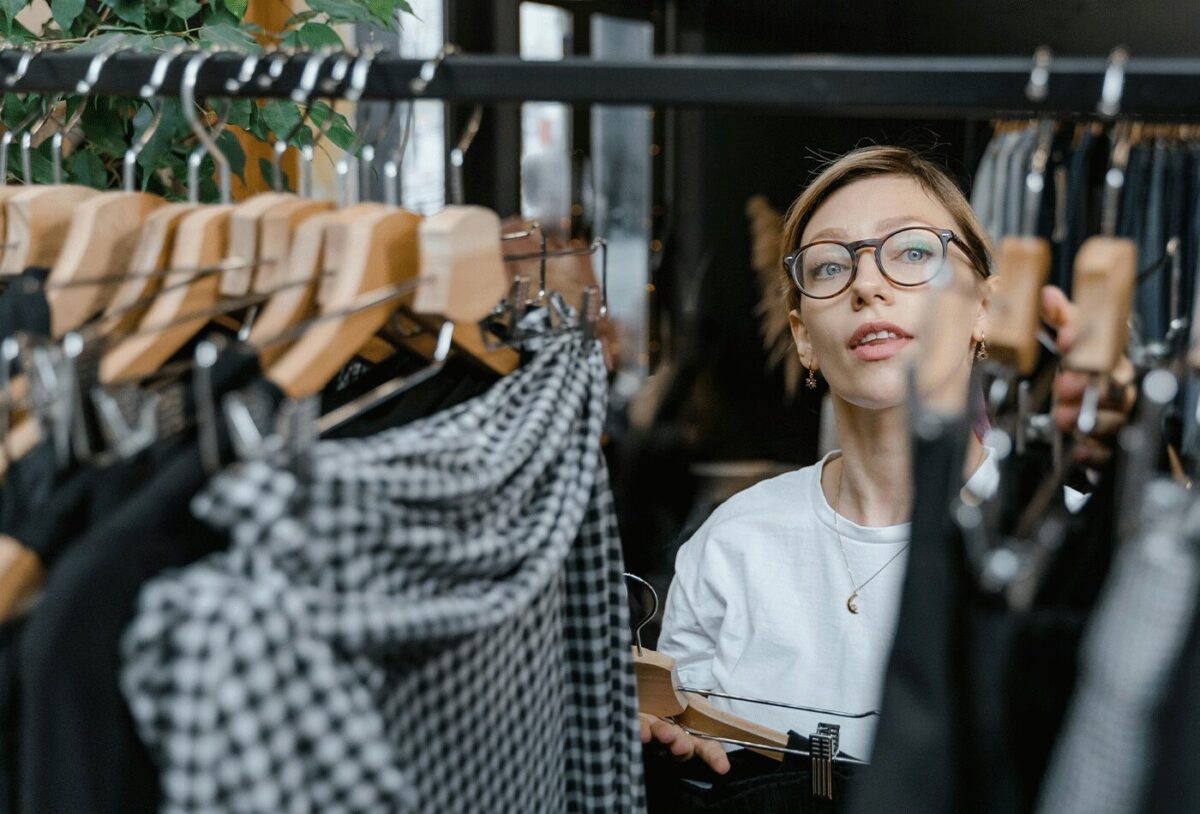

With over a decade of experience in a variety of creative industries I provide creative design solutions that exceed client expectations.
If you are interested in working with me – please reach out using the contact form below and I will get back to you as soon as possible.
